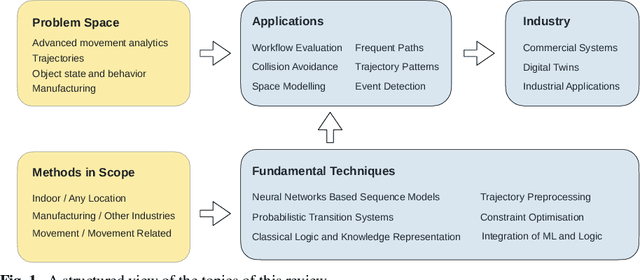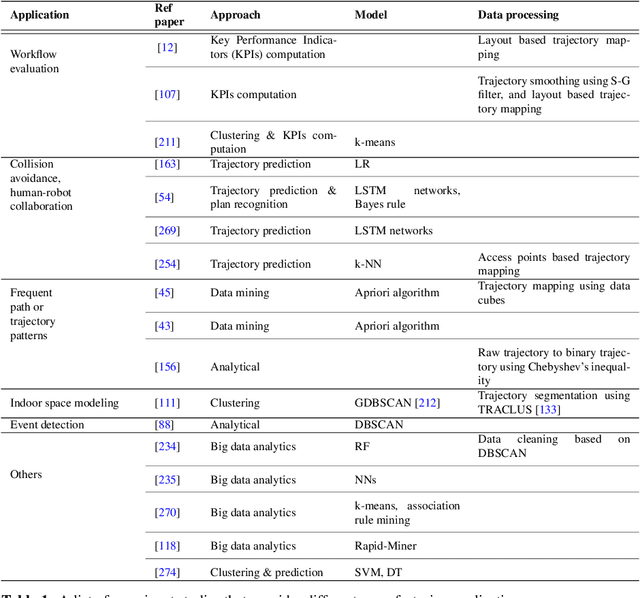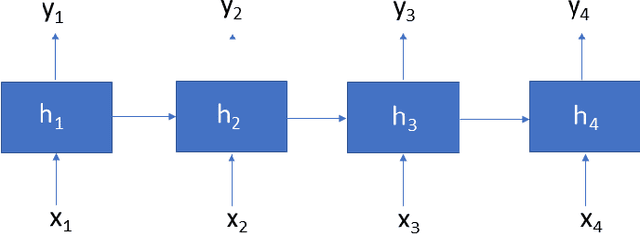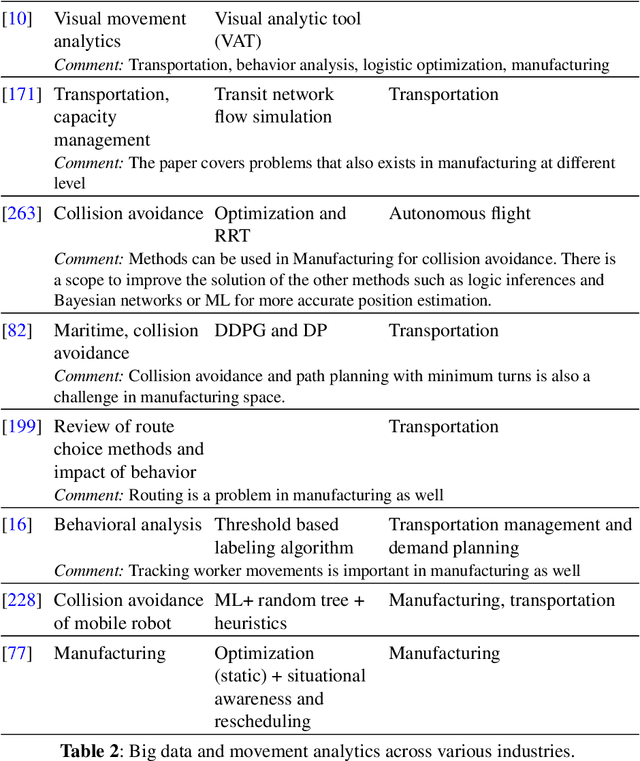Elena Tartaglia
Bottom-Up Grounding in the Probabilistic Logic Programming System Fusemate
Jun 13, 2023Abstract:This paper introduces the Fusemate probabilistic logic programming system. Fusemate's inference engine comprises a grounding component and a variable elimination method for probabilistic inference. Fusemate differs from most other systems by grounding the program in a bottom-up way instead of the common top-down way. While bottom-up grounding is attractive for a number of reasons, e.g., for dynamically creating distributions of varying support sizes, it makes it harder to control the amount of ground clauses generated. We address this problem by interleaving grounding with a query-guided relevance test which prunes rules whose bodies are inconsistent with the query. We present our method in detail and demonstrate it with examples that involve "time", such as (hidden) Markov models. Our experiments demonstrate competitive or better performance compared to a state-of-the art probabilistic logic programming system, in particular for high branching problems.
Movement Analytics: Current Status, Application to Manufacturing, and Future Prospects from an AI Perspective
Oct 04, 2022



Abstract:Data-driven decision making is becoming an integral part of manufacturing companies. Data is collected and commonly used to improve efficiency and produce high quality items for the customers. IoT-based and other forms of object tracking are an emerging tool for collecting movement data of objects/entities (e.g. human workers, moving vehicles, trolleys etc.) over space and time. Movement data can provide valuable insights like process bottlenecks, resource utilization, effective working time etc. that can be used for decision making and improving efficiency. Turning movement data into valuable information for industrial management and decision making requires analysis methods. We refer to this process as movement analytics. The purpose of this document is to review the current state of work for movement analytics both in manufacturing and more broadly. We survey relevant work from both a theoretical perspective and an application perspective. From the theoretical perspective, we put an emphasis on useful methods from two research areas: machine learning, and logic-based knowledge representation. We also review their combinations in view of movement analytics, and we discuss promising areas for future development and application. Furthermore, we touch on constraint optimization. From an application perspective, we review applications of these methods to movement analytics in a general sense and across various industries. We also describe currently available commercial off-the-shelf products for tracking in manufacturing, and we overview main concepts of digital twins and their applications.
 Add to Chrome
Add to Chrome Add to Firefox
Add to Firefox Add to Edge
Add to Edge